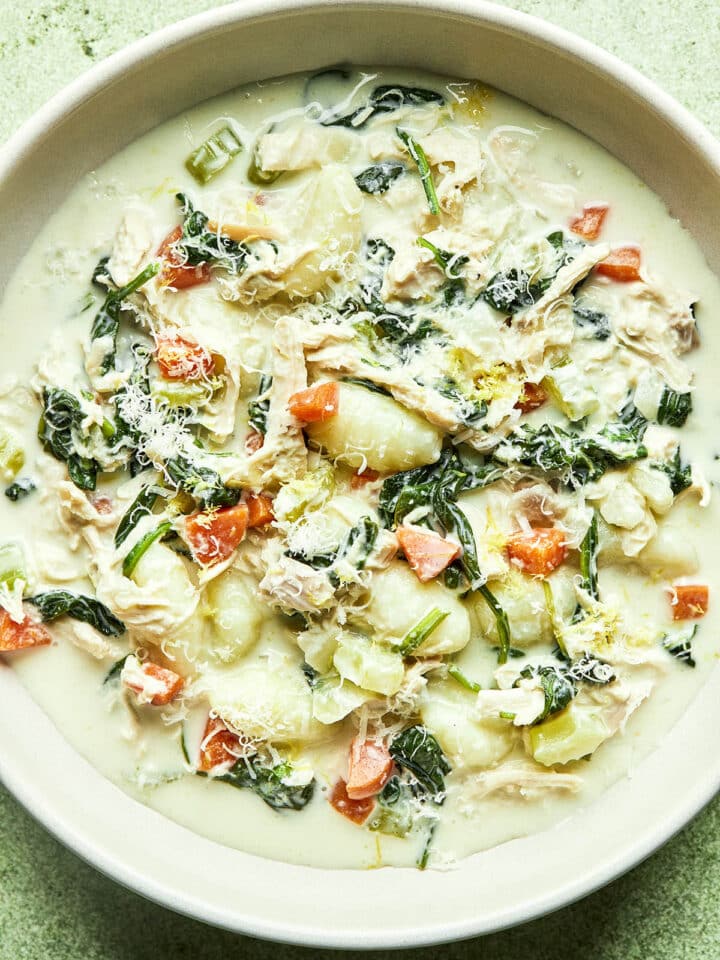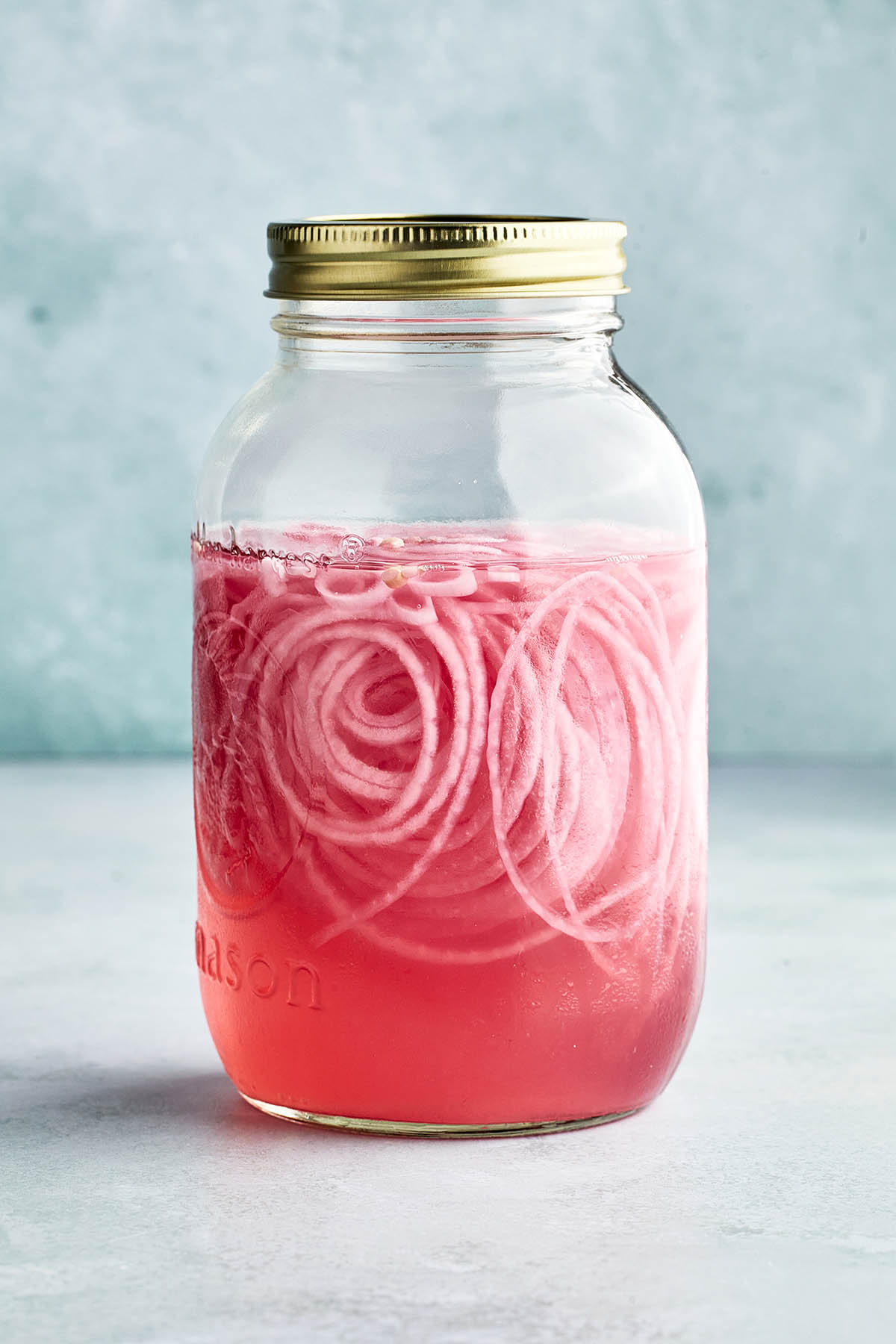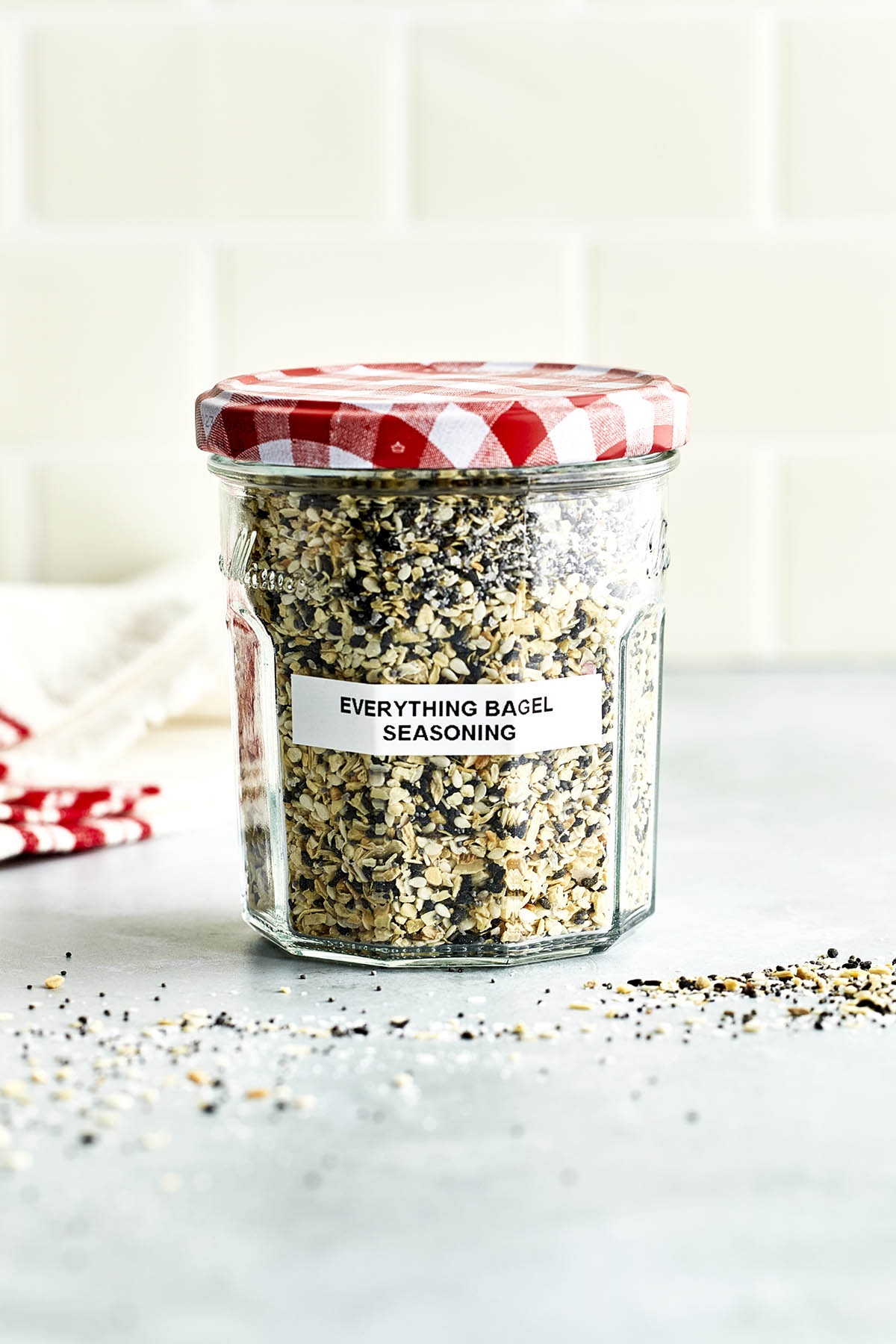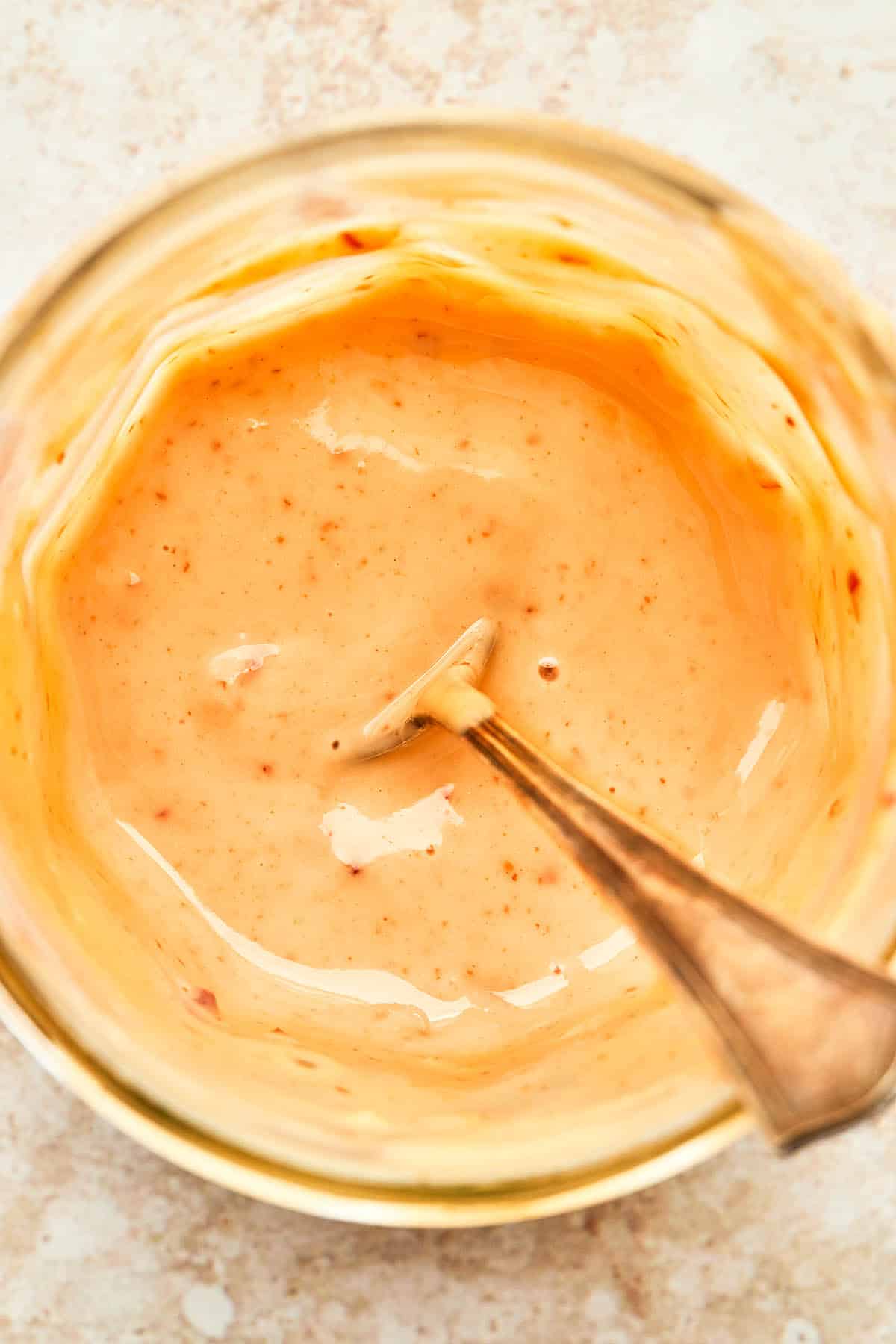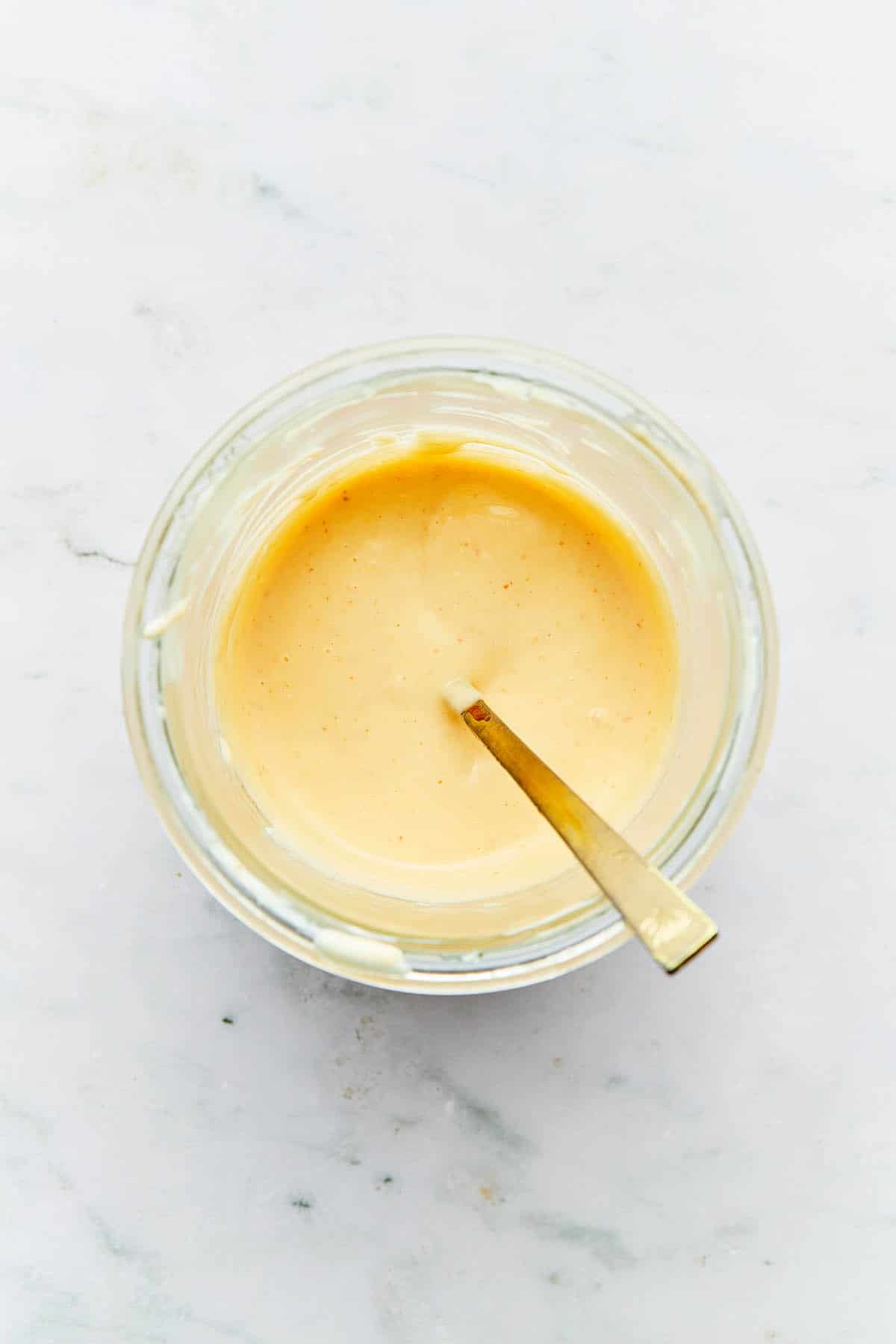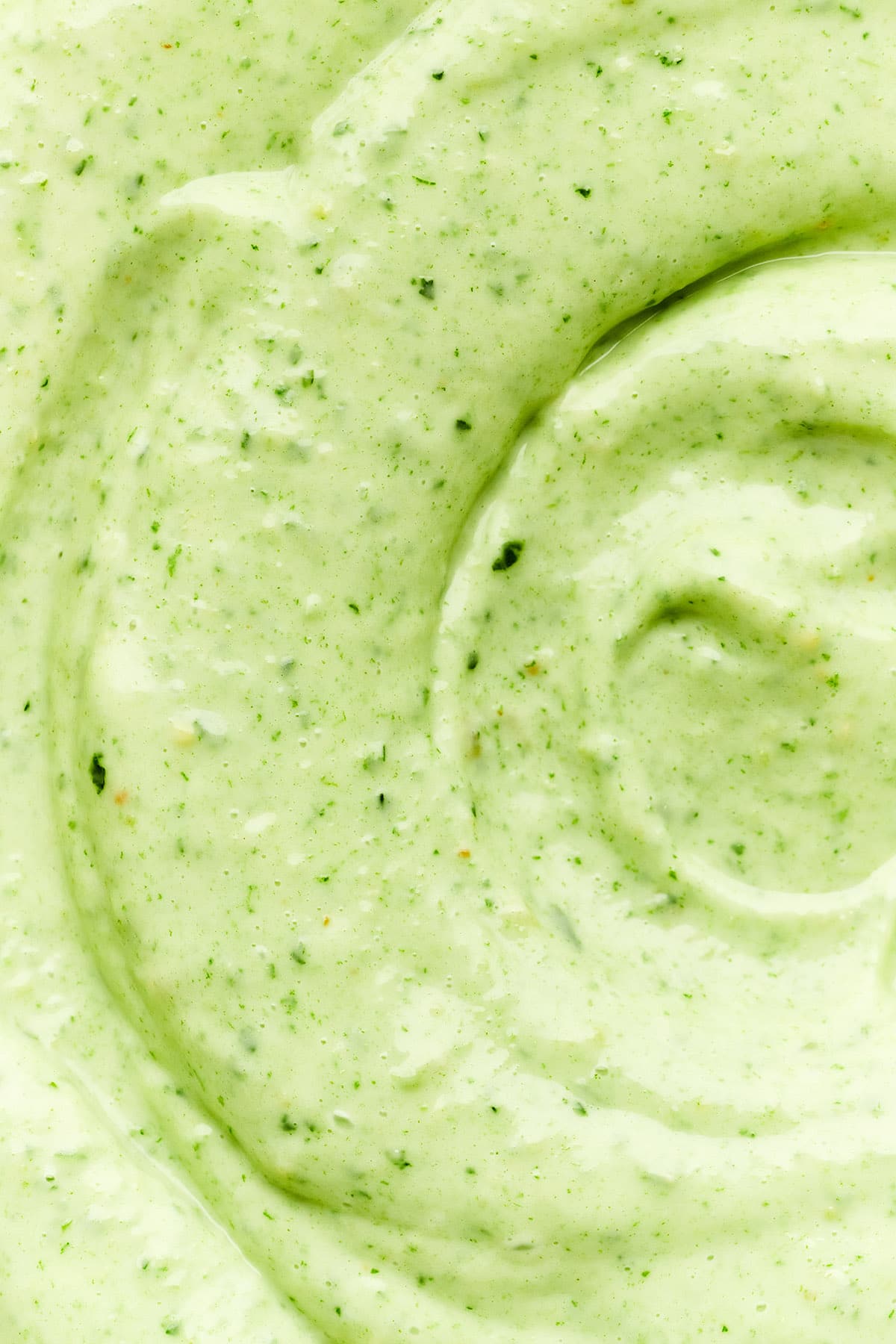Homemade Crème Fraîche (Plus 50 Ways To Use It)
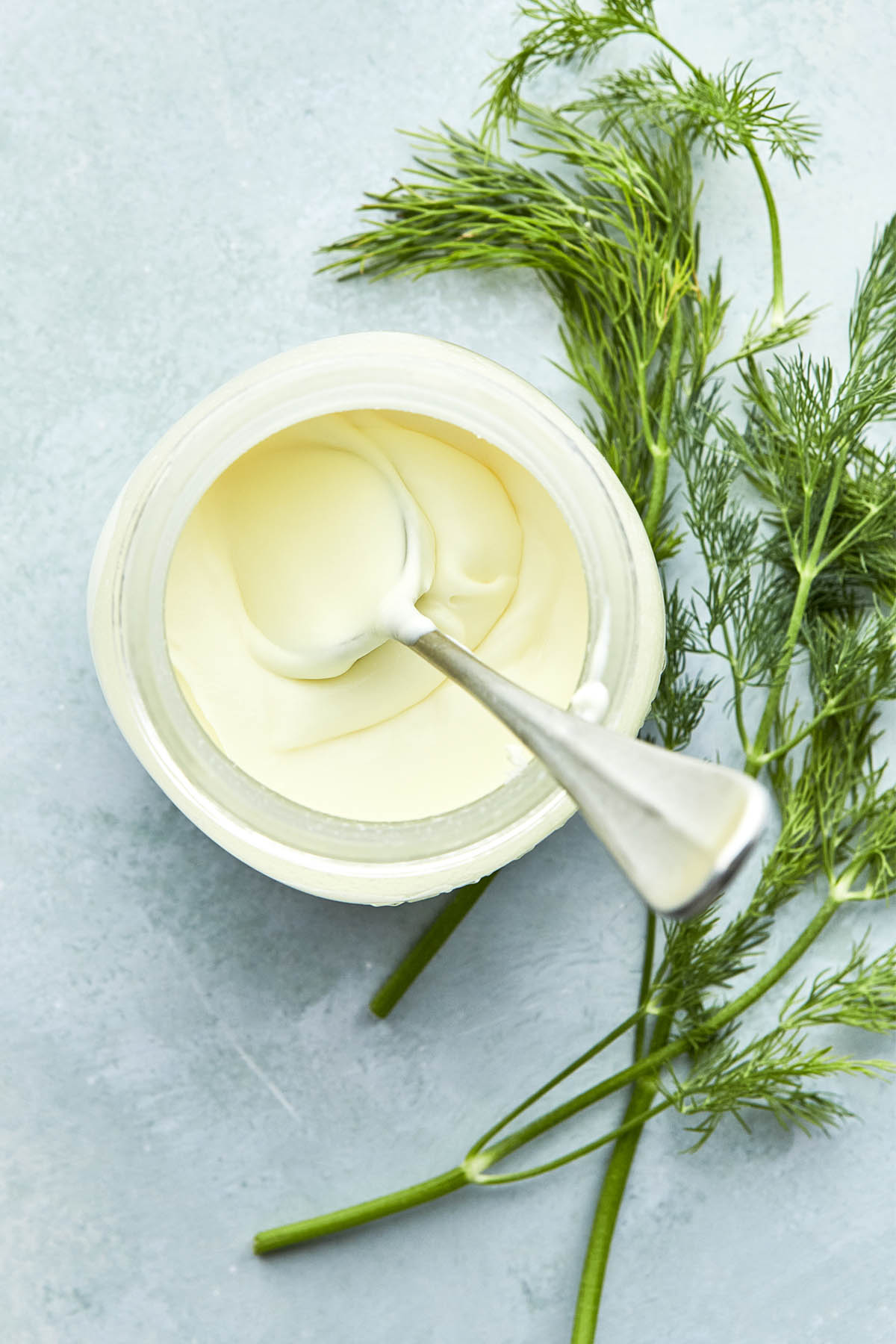
Have you ever had homemade crème fraîche? It’s a common ingredient for finishing dishes in the restaurant world, especially anything with smoked salmon. I didn’t realize how easy it is to make at home! All you need is whipping cream, buttermilk, and time.
I describe crème fraîche as a love child between sour and heavy cream.😂 Crème fraîche (pronounced “krem fresh”) translates from French to mean “fresh cream”. It’s a velvety, tangy cream that’s a staple in many traditional French recipes, both savory and sweet.
Crème fraîche is prized for its high-fat content, which allows it to resist curdling when heated. This makes it a remarkably versatile ingredient! Replace some of the milk in your Maritime fish chowder with crème fraîche to add depth and complexity, or substitute the sour cream in this brown butter banana bread for extra richness. I like to add fresh chopped dill to crème fraîche and serve it with a smoked salmon platter or sweeten it with powdered sugar to dollop it on a slice of apple upside down cake. It’s so easy to make and so useful, it’s sure to become a staple in your kitchen!
Jump to:
Understanding The Nuances
Buttermilk vs. Heavy Cream
Despite both being dairy products, buttermilk and heavy cream serve different purposes in cooking and baking. Buttermilk is lower in fat and has a tangy flavor due to the fermentation process, while heavy cream, with a fat content of at least 35%, is prized for its richness and is often used to add texture and body to dishes.
Crème Fraîche vs. Sour Cream
These two creamy condiments might seem similar, but there are key differences. Crème fraîche, originating from France, has a higher fat content (around 30%) and a less tangy flavor compared to sour cream. Additionally, crème fraîche can be used in cooking at higher temperatures without curdling.
Crème Fraîche vs. Cream Cheese
Crème fraîche and cream cheese differ significantly in texture and flavor. Cream cheese is thicker and more spreadable, with a slight tanginess, while crème fraîche is thinner, richer, and has a more nuanced flavor profile. These characteristics make them suitable for different culinary uses.
Crème Fraîche vs. Mascarpone
Both are creamy and rich, but mascarpone is an Italian creamed cheese that is sweeter and more buttery in flavor and texture compared to crème fraîche. Crème fraîche has a tangier taste and a thinner texture.
Why You’ll Love This Recipe
✔️ Easy to make.
✔️ Crème fraîche can be used in both sweet and savory recipes.
✔️ It’s a delicious, velvety, creamy ingredient.
Ingredients For Homemade Crème Fraîche
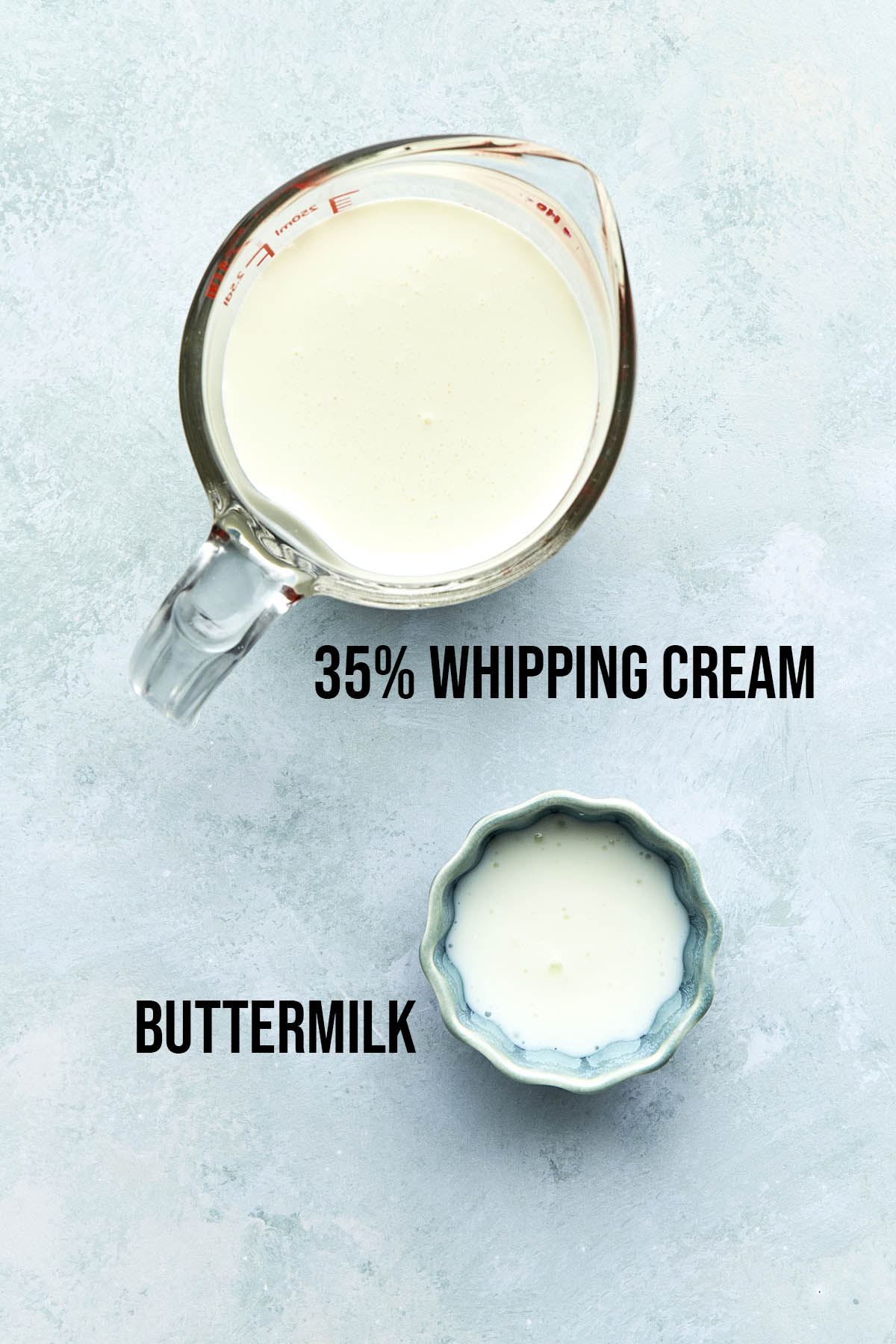
Ingredient Notes
35% Whipping Cream: Also called heavy cream, 35% whipping cream is a staple ingredient to make crème fraîche. Its high-fat content gives a rich, creamy texture and its subtle flavor doesn’t overpower the finished product.
Buttermilk: Buttermilk, which is the liquid left behind after churning butter, is filled with lactic acid bacteria. This bacterial culture is the key to making crème fraîche as it helps thicken the cream and gives it a tangy flavor.
It’s important to note when making substitutions in recipes, the texture and flavor may be slightly different. However, these substitutes are the best options if you are looking to change the original recipe.
Ingredient Substitutions
35% Whipping Cream: if you’re unable to find 35% whipping cream, there are a few substitutes you can use. For this recipe, you can replace the 1 cup (250 ml) of whipping cream with ¾ cup (190 ml) half-and-half cream mixed with ¼ cup of cooled melted unsalted butter. This mixture will give you the same fat content, however, the texture may be different. You still need the 2 tablespoons of buttermilk to culture the cream.
Buttermilk: If buttermilk isn’t available, you can make a homemade version by adding 1 tablespoon of lemon juice or white vinegar to a cup of milk letting it sit for about 10 minutes. Additionally, plain unsweetened yogurt with live cultures can also make an effective buttermilk substitute.
Use the JUMP TO RECIPE button at the top of this post, or scroll to the bottom of the post, to see the PRINTABLE recipe card with ingredient measurements and complete instructions.
How To Make Homemade Crème Fraîche
STEP 1—Measure the 35% whipping cream then pour it into a clean glass jar.
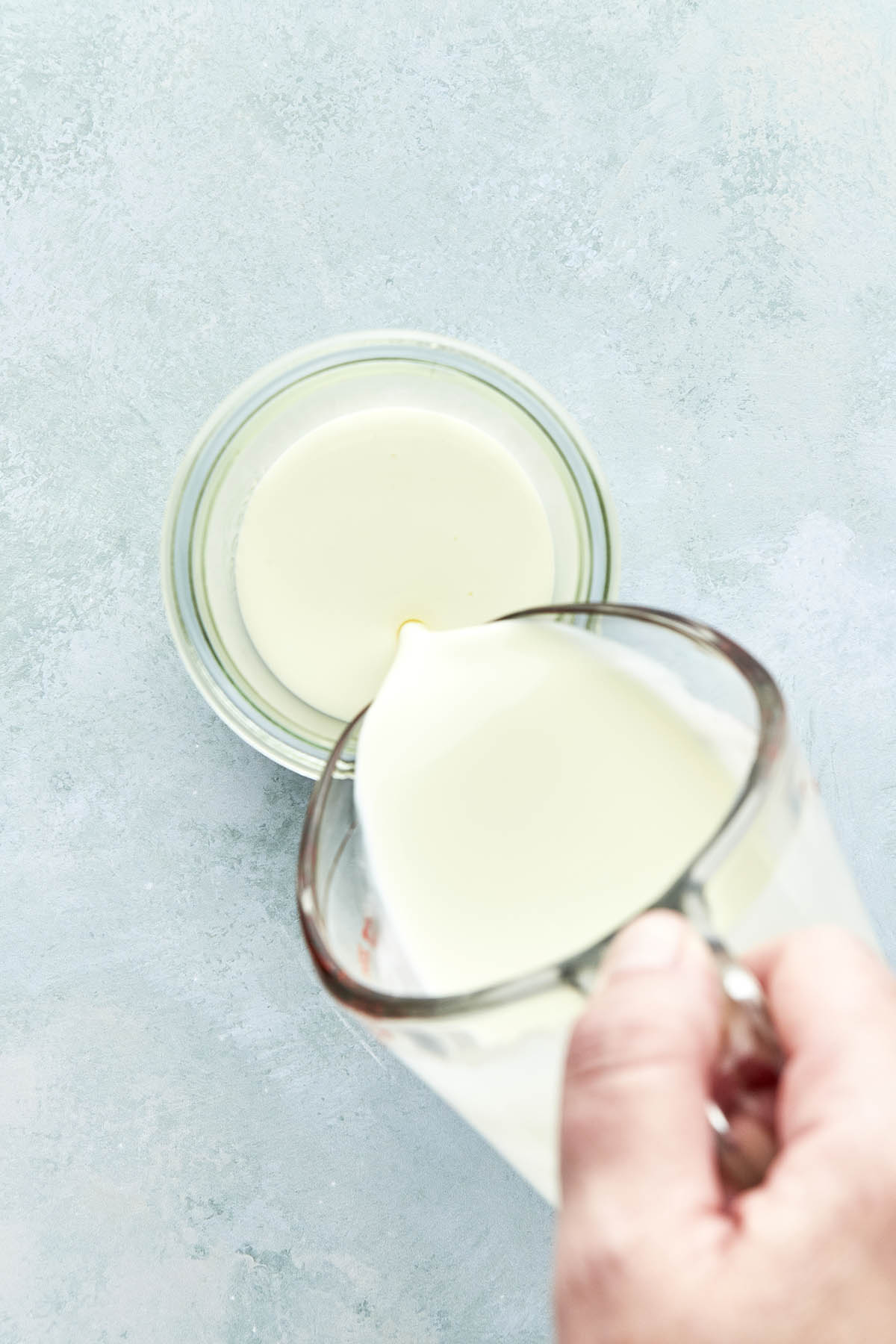
STEP 2—Add the buttermilk to the whipping cream in the jar.
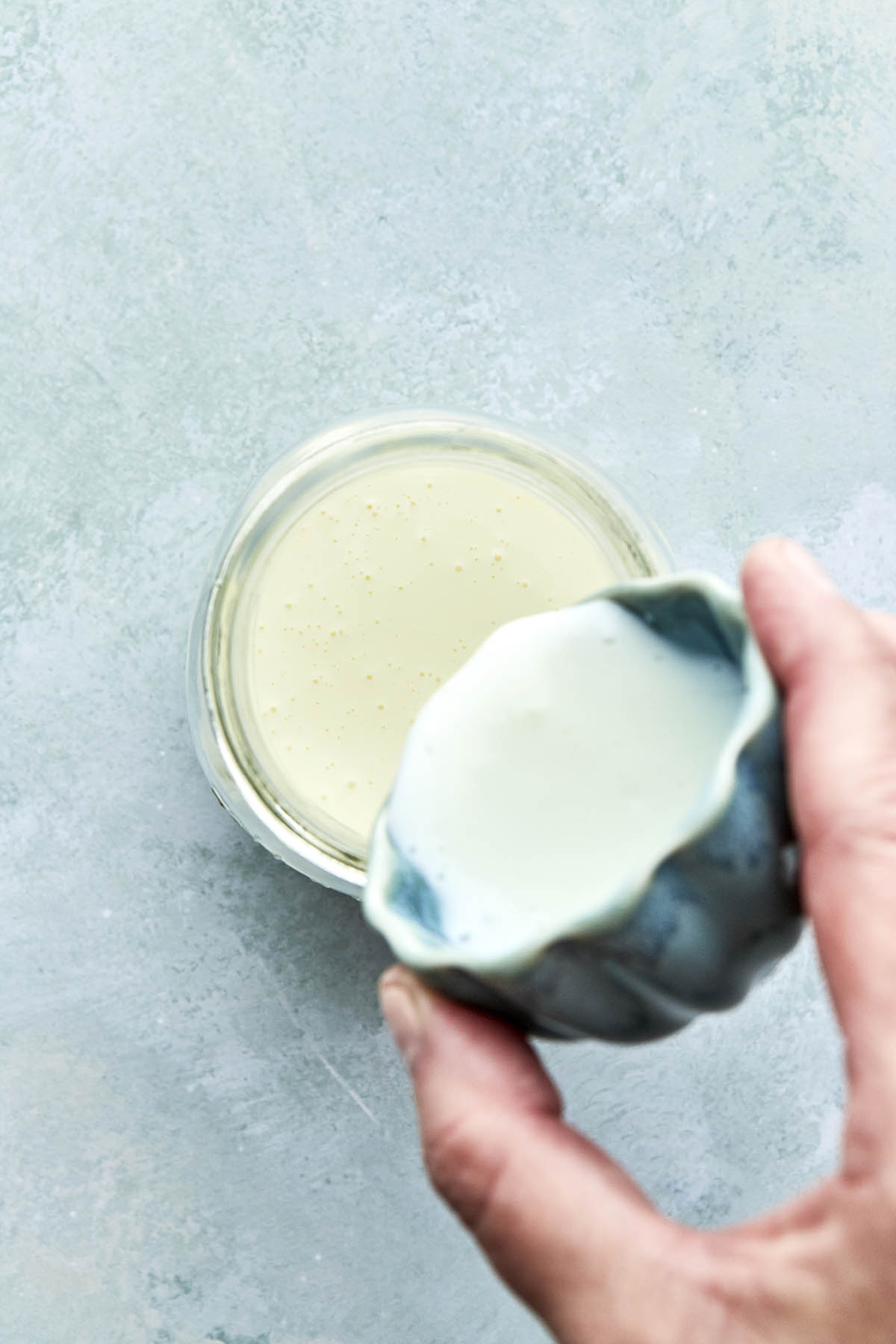
STEP 3—Secure a lid tightly on the jar and give it a good shake to combine the whipping cream and buttermilk. Remove the lid.
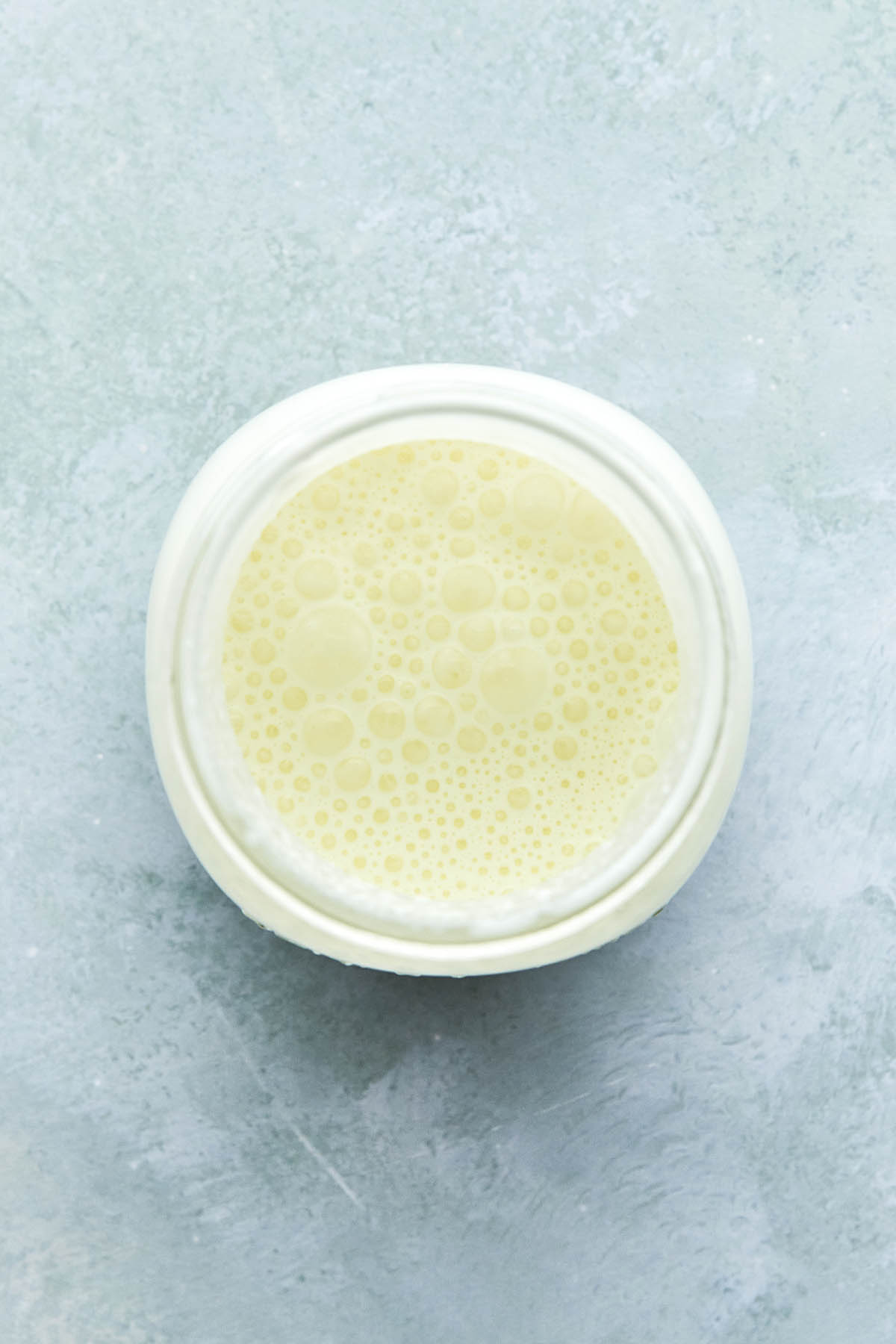
STEP 4—Place a small square of paper towel over the top of the jar and secure it with a rubber band. Set the jar in a draft-free spot at room temperature for 24 hours.
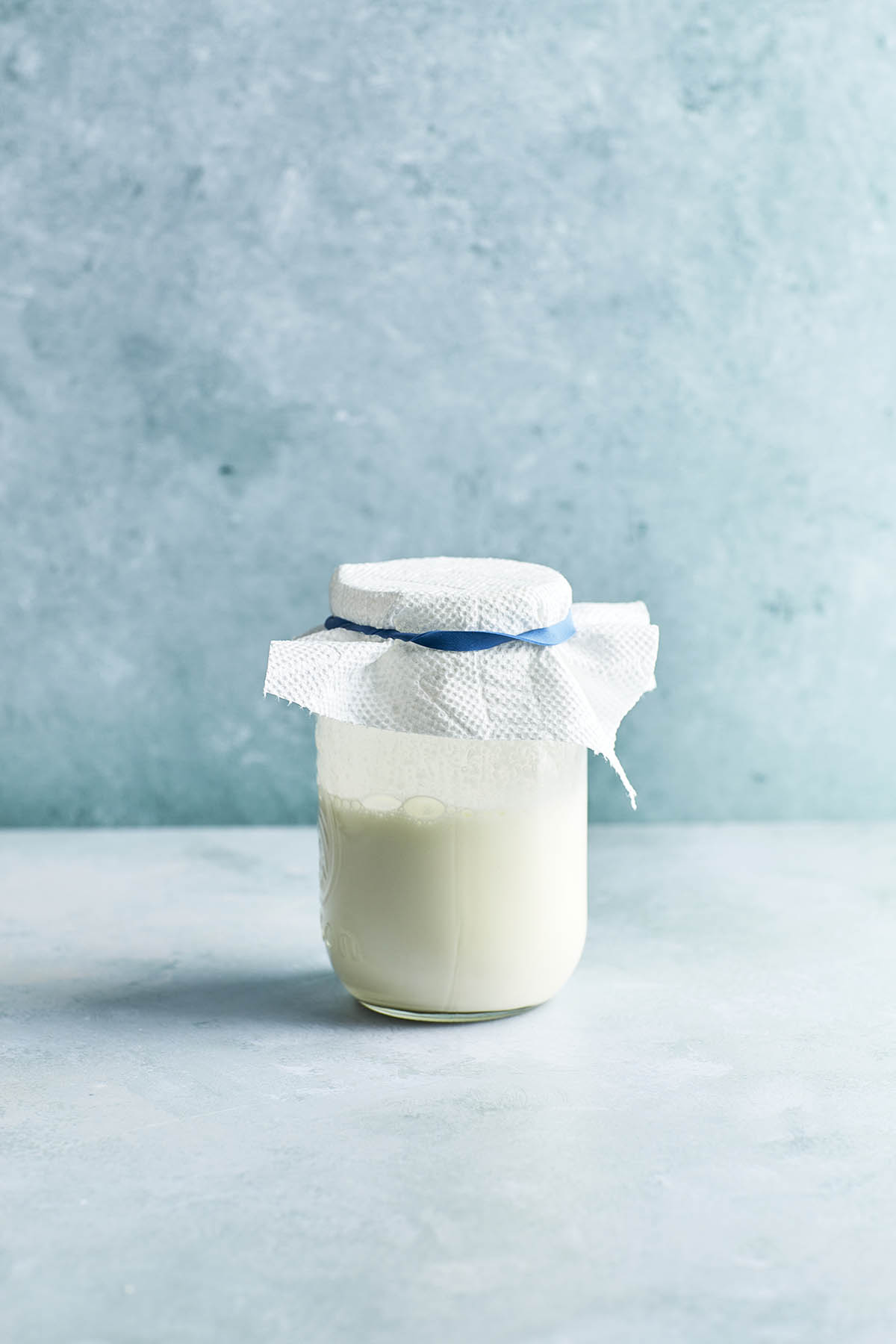
STEP 5—After 24 hours, remove the paper towel and rubber band. Give the crème fraîche a good stir with a spoon and then use it in your chosen recipe, or store it in the refrigerator, tightly sealed with a lid, for up to 10 days.
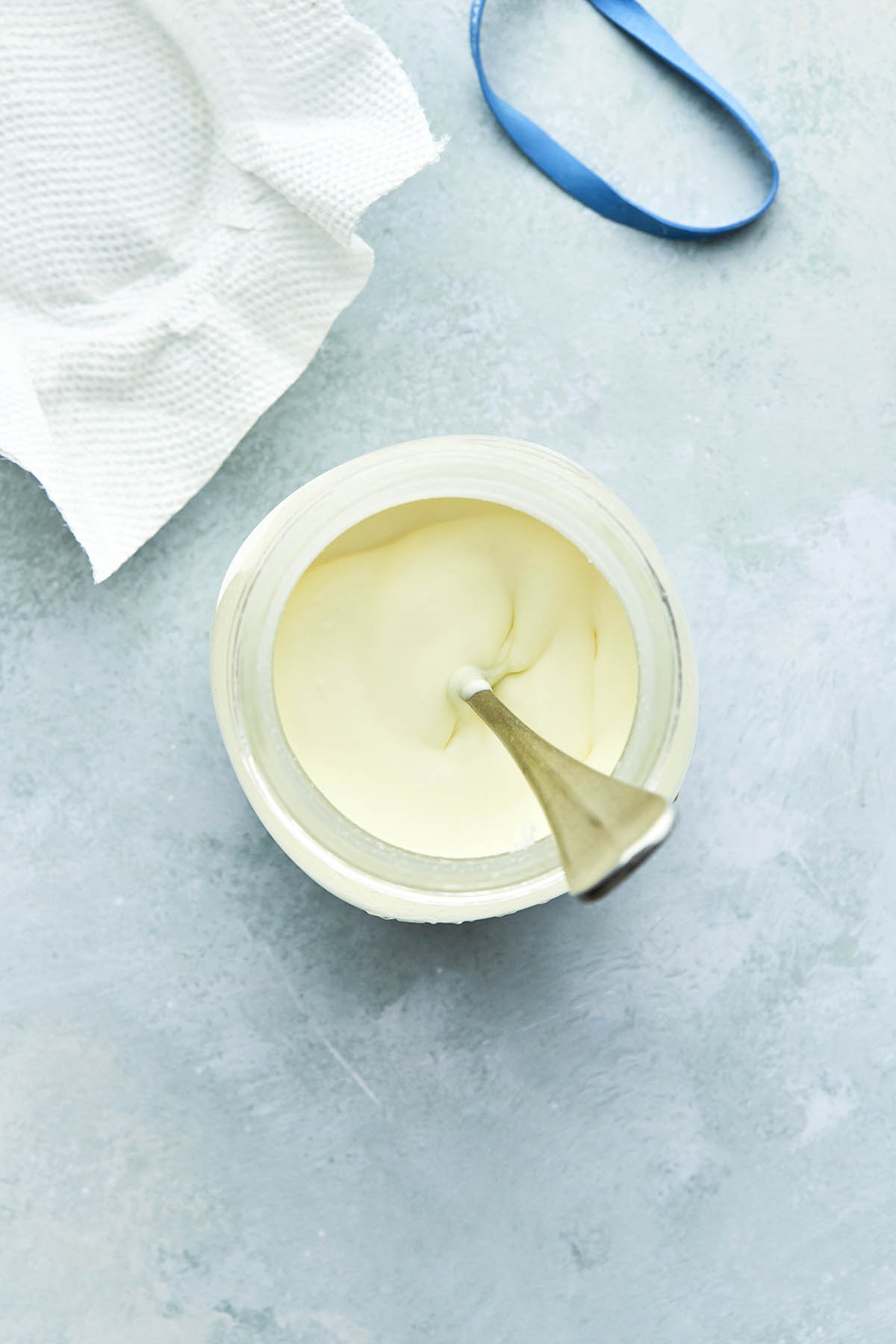
Expert Tips
1. Don’t seal the jar for the fermentation process. Sealing the jar will produce gasses that need to escape in order to make the crème fraîche.
2. Use a clean spoon each time you scoop crème fraîche out of the jar to prevent introducing unwanted bacteria which can shorten its shelf life.
3. Homemade crème fraîche should smell tangy but not overly sour, and it should have a creamy, slightly thick texture. If it smells off or has visible signs of mold, it’s best to discard it.
Recipe Notes
- Using room-temperature whipping cream and buttermilk can help kickstart the fermentation process.
- Crème fraîche should thicken considerably after fermentation. If it’s not thick enough after 24 hours, give it more time.
- Once fermented, stir the crème fraîche, seal it tightly with a lid, and store it in the refrigerator. Storing it in the fridge stops the fermentation process.
- Use crème fraîche in a variety of dishes, from sauces to desserts, or as a tangy topping for sweet or savory dishes.
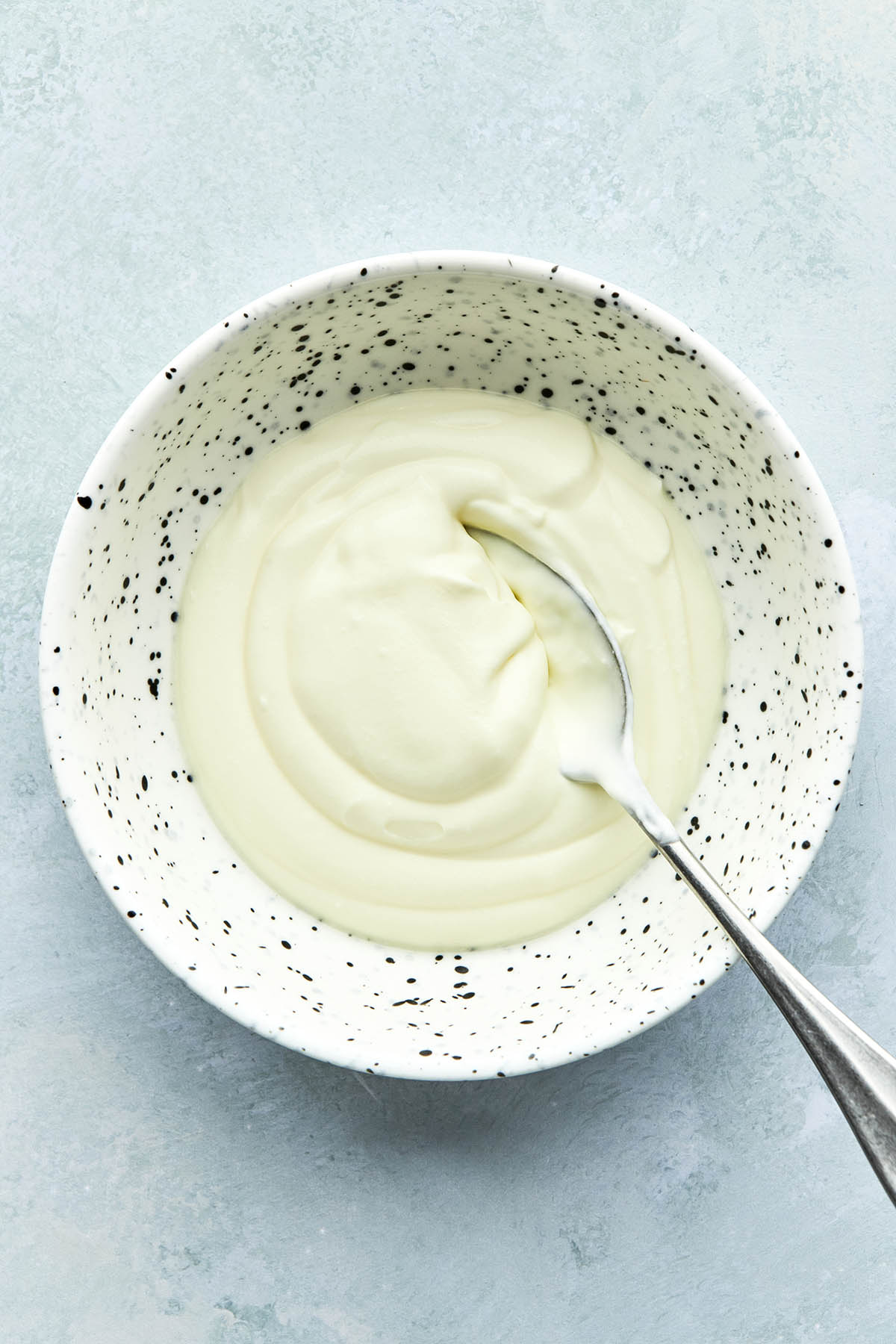
50 Crème Fraîche Uses
Savory
- Avocado: Blend ripe avocado into crème fraîche to create a creamy and tangy sauce, perfect for shrimp nachos or as a unique salad dressing.
- Baked Eggs: Dollop on top of baked eggs just before serving, offering a cool contrast and enhancing the overall creaminess.
- Beurre Blanc: Incorporate into a traditional beurre blanc sauce to give it a slightly tangy, complex flavor.
- Carbonara (Bacon Pasta): Stir into carbonara pasta at the last minute to add a velvety, tangy element that cuts through the smokiness of the bacon.
- Cheese Sauce: Use it as a base for a cheese sauce, which can help give a smoother, more luscious texture.
- Chicken and Leek Pie: Add to your pie filling to enhance its creaminess and add a subtle tangy note that complements the chicken and leek.
- Chili: Stir into your chili just before serving, or use it as a dollop on top for a cooling counterpoint to the spice.
- Chive: Mix with chopped chives for a luxurious, tangy spread for bread or a dip for veggies.
- Chowder: Replace some of the whipping cream in this Nova Scotia seafood chowder with crème fraîche to add depth without sacrificing creaminess.
- Creamed Spinach: Stir some into cooked spinach for a decadent side dish that’s lighter than traditional creamed spinach but equally delicious.
- Curry: Add a dollop to your curry dishes just before serving to balance out the heat and add a creamy element.
- Dill: Combine with fresh chopped dill to create a tangy dressing for salads or a flavorful topping for grilled fish.
- Frittata: Add a spoonful to your frittata mixture for a fluffy, creamy texture.
- Garlic: Mix with minced garlic for a versatile condiment that can be used in various dishes, like garlic bread, or as a base for pizza.
- Gnocchi: Toss cooked gnocchi in a sauce made from homemade crème fraîche and fresh herbs for a quick and easy dish.
- Jalapeño: Make a spicy dip by blending with jalapeños, perfect for dipping tortilla chips.
- Leek and Potato Soup: Stir into leek and potato soup to add a velvety finish and a subtle tang.
- Mashed Potatoes: Incorporate into mashed potatoes for a richer flavor and luxurious texture.
- Mustard: Mix with Dijon or whole grain mustard for a creamy and tangy sauce for drizzling over roasted vegetables or grilled meats.
- Omelet: Beat into eggs before cooking for a fluffier, creamier omelet.
- Pesto: Swirl some into your favorite pesto for a creamy twist. Add it to this pesto gnocchi or use it as a spread for sandwiches.
- Pizza Sauce: Use as a base for a white pizza.
- Quiche: Add to your quiche filling (like this buttermilk quiche) for extra tang.
- Smoked Or Fresh Salmon: Serve crème fraîche on a smoked salmon platter with easy pickled onions or dollop it on cooked salmon for a creamy condiment.
- Shrimp: Gently toss with cooked shrimp just before serving, to create a creamy sauce.
- Spinach: Use crème fraîche as an addition to any spinach dish, including spinach salad, for a creamy richness side with a subtle tang.
- Tarragon: Mix with fresh tarragon to create a herby, tangy sauce perfect for chicken or fish.
- Toast: Spread on toast and top with fresh fruit and a drizzle of honey for a breakfast or brunch treat.
- White Wine Sauce: Use it in white wine sauce to add body and a subtle tangy note, perfect with chicken or fish.
- Potato Bake: Layer with thinly sliced potatoes and chopped herbs for a simple potato bake.
- Stroganoff: Stir into beef or mushroom stroganoff just before serving.
- Fish Pie: Incorporate crème fraîche into the sauce for a fish or seafood pie.
- Butternut Squash Soup: Stir into butternut squash soup or use it as a drizzled garnish on top before serving.
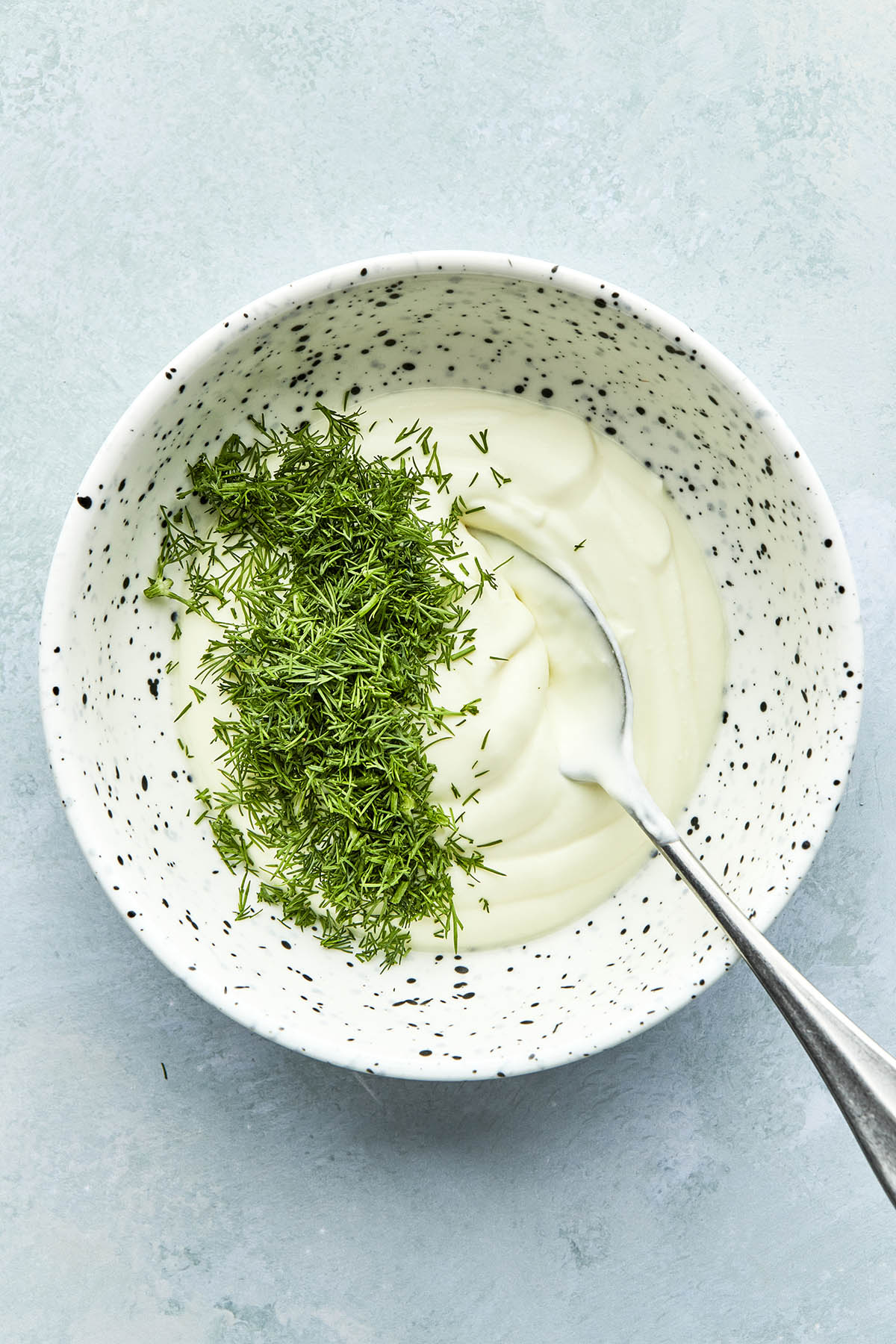
Sweet
- Buttercream: Blend into buttercream frosting for a more complex flavor profile.
- Cheesecake: Replace some of the cream cheese with crème fraîche for a lighter, tangier cheesecake.
- Chocolate Cake: Add a dollop to your chocolate cake batter for a moist, rich result with a subtle tang.
- Dessert Topping: Use crème fraîche as an alternative to whipped cream on pies, fruit tarts, or any other dessert that could benefit from a creamy, tangy counterpoint.
- Filling for Cakes: Mix crème fraîche with a bit of sweetener and use it as a less-sweet, tangy filling for layer cakes.
- Frosting without Butter: Whip crème fraîche with icing sugar to create a light, tangy frosting without butter.
- Fruit Pie: Dollop crème fraîche onto a slice of fruit pie for a refreshing tangy contrast to the sweetness.
- Ganache: Add to chocolate ganache for a creamy, tangy twist that cuts through the richness of the chocolate.
- Ice Cream: Blend crème fraîche into homemade ice cream base for a sophisticated flavor and velvety texture.
- Lemon Cake: Mix into the batter of a lemon cake to enhance moisture and create a tang that complements the citrus flavor.
- Lemon Sauce: Whip up a tangy lemon sauce for desserts by combining it with fresh lemon juice and sugar.
- No-Bake Cheesecake: Use homemade crème fraîche to add a subtle tart flavor and creamy texture to your no-bake cheesecake.
- Panna Cotta: Incorporate into your panna cotta recipe for a creamier texture and a tangy note that pairs well with sweet toppings.
- Scones: Serve crème fraîche with savory scones as a delicious alternative to clotted cream or butter.
- Tart: Top a fruit, lemon, or chocolate tart with a dollop to add a rich, tangy element that balances the sweetness.
- Topping for Pancakes: Replace traditional cream or syrup with crème fraîche for a tangy pancake topping.
- Whipped Cream Frosting: Whip into a whipped cream frosting to add a hint of tanginess to pair with sweet cakes and cupcakes.
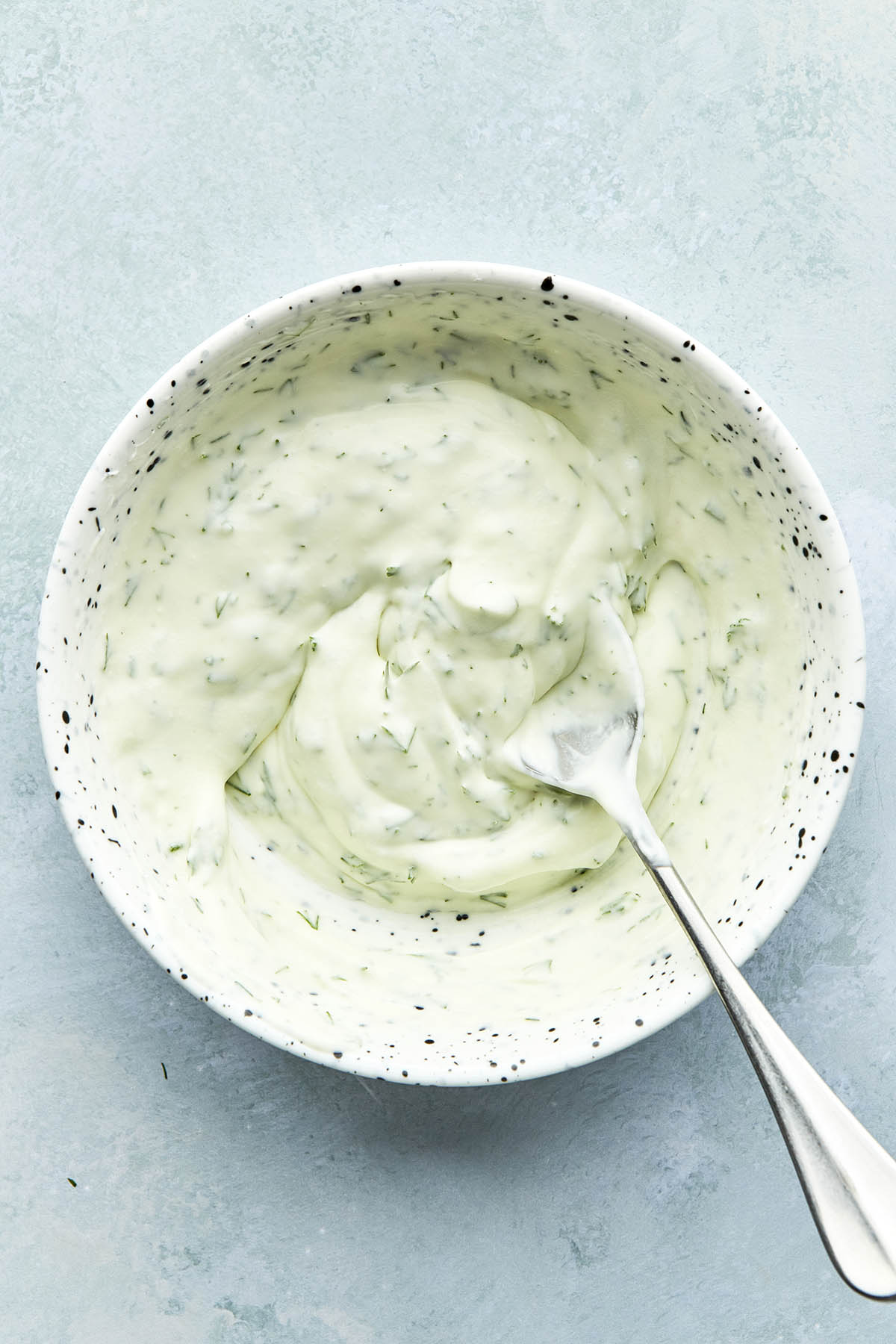
Recipe FAQ
Crème fraîche, translated from French as “fresh cream,” is a dairy product that’s the result of adding a bacterial culture to heavy cream. The bacteria cause the cream to thicken and develop a pleasantly tangy flavor, resulting in a product that’s more velvety and less tangy than sour cream.
While they may seem similar, crème fraîche is not sour cream. Yes, they’re both creamy, tangy dairy products, but crème fraîche is richer and less tangy than sour cream. Additionally, it behaves differently when subjected to heat – crème fraîche can be simmered or boiled without curdling, unlike sour cream.
If you find your crème fraîche isn’t thickening as expected, it might be due to a few factors. The quality of the cream used, the temperature at which it’s being stored during the fermentation process, and even the type of culture starter can play a role. Ensuring you’re using high-quality, full-fat cream and keeping it in a warm spot can typically improve the results.
Crème fraîche is a culinary superstar when it comes to handling heat. Thanks to its higher fat content, it doesn’t curdle easily under high temperatures. To add it to a hot dish without any risk of curdling, you could temper it first by stirring a few spoonfuls of the hot liquid into the crème fraîche to gradually raise its temperature, before incorporating it fully into the dish.
Use Homemade Crème Fraîche With These Recipes
Did you make this homemade crème fraîche? Please rate the recipe and tell me how it went in the comments below. Also, stay in touch with me on Instagram, Facebook, and Pinterest to see more delicious food and recipes!
Printable Recipe Card
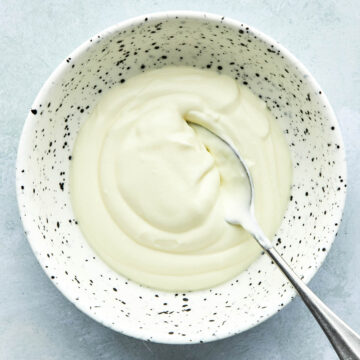
Homemade Crème Fraîche
Special Equipment
- Measuring cups and spoons or digital kitchen scale
- Glass jar with lid
- Paper towel or clean cloth or cheesecloth
- Rubber band
Ingredients
- 1 cup 35% whipping cream, also called heavy cream
- 2 tablespoons buttermilk
Instructions
- In a glass jar, combine the whipping cream and buttermilk. Secure the lid and shake well to combine.
- Remove the lid. Place a piece of paper towel over the jar and secure it with a rubber band to allow air circulation.
- Let the mixture sit at room temperature (around 70°F or 21°C) for 24 hours, or until the cream thickens to the consistency of yogurt.
- Once thickened, stir the crème fraîche well, seal tightly with the lid, and refrigerate. It will continue to thicken and develop a tangy flavor as it chills. Crème fraîche will keep, stored in the refrigerator, for up to two weeks.
Recipe Notes
- Using room-temperature whipping cream and buttermilk can help kickstart the fermentation process.
- Crème fraîche should thicken considerably after fermentation. If it’s not thick enough after 24 hours, give it more time.
- Once fermented, stir the crème fraîche, seal it tightly with a lid, and store it in the refrigerator. Storing it in the fridge stops the fermentation process.
- Use crème fraîche in a variety of dishes, from sauces to desserts, or as a tangy topping for sweet or savory dishes.



